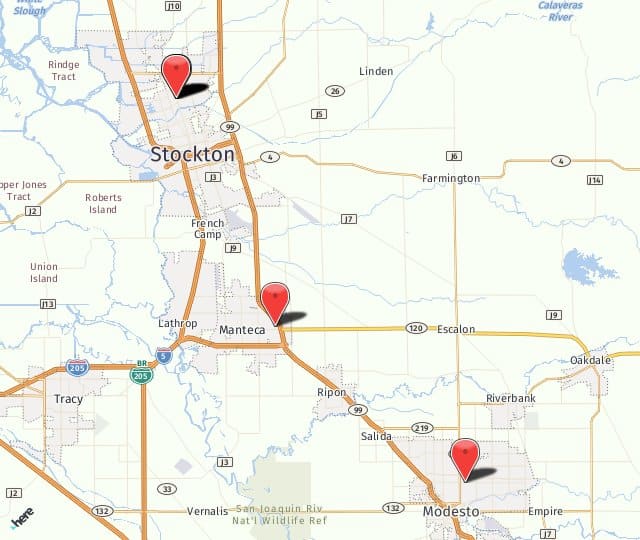Surfer’s Eye

That’s why many people come see our board-certified ophthalmologists at Central Valley for a condition known as pterygium. It is a condition that can develop in surfers and others who spend lots of time outdoors. Pterygium involves the growth of pink, fleshy tissue on the conjunctiva (white part of the eye), usually on the side toward the nose. The cause of pterygium isn’t fully understood, but it’s thought that excessive exposure to ultraviolet light, dust, wind, sand, and humidity. Put those together and you see why the common name for this condition is Surfer’s Eye.
Pterygium is a non-cancerous growth that can develop slowly over time and may not present a threat to the patient’s eyesight unless it covers the pupil of the eye. Sometimes the use of eye drops and ointments are enough to relieve the irritation. But in more severe cases, the growth may interfere with the patient’s vision and surgery to remove the growth is needed.
Since Californians spend a lot of time outdoors in the surf, dust, and wind, pterygium is something to be aware of.
What are the symptoms of a pterygium?
- Growth on the eye
- Redness
- Itching
- Blurred vision
- Gritty feeling
- Foreign body sensation
What is pterygium surgery?
This is the procedure the team at Central Valley Eye Medical Group uses to remove the abnormal growth on the sclera. This surgery formerly resulted in a hole on the surface of the conjunctiva that made it likely to regrow pterygium again in the future. But now, a tissue graft taken from the underside of the eyelid corrects this problem.
The patient is under local anesthesia for this surgery — both light oral sedation and local anesthesia on the eye itself. Then the pterygium is excised along with a portion of the surrounding conjunctival tissue. Next the area where the growth was removed is then scraped with a blade and an abrasive burr to remove any remaining vascular attachments that may remain where the growth was. Then the graft is taken and placed on the excision site. It is placed with an adhesive mixture, usually thrombin and fibrinogen.
After surgery
Pterygium surgery takes around one hour. Afterwards, the patient needs to wear a protective eye shield for the next two days. It will be four or five days before the patient can return to work and a few weeks before strenuous exercise or labor should be attempted.
If you think you may have a pterygium, give us a call at Central Valley Eye Medical Group, (800) 244-9907, and let’s check it out.
Posted in: Pterygium

